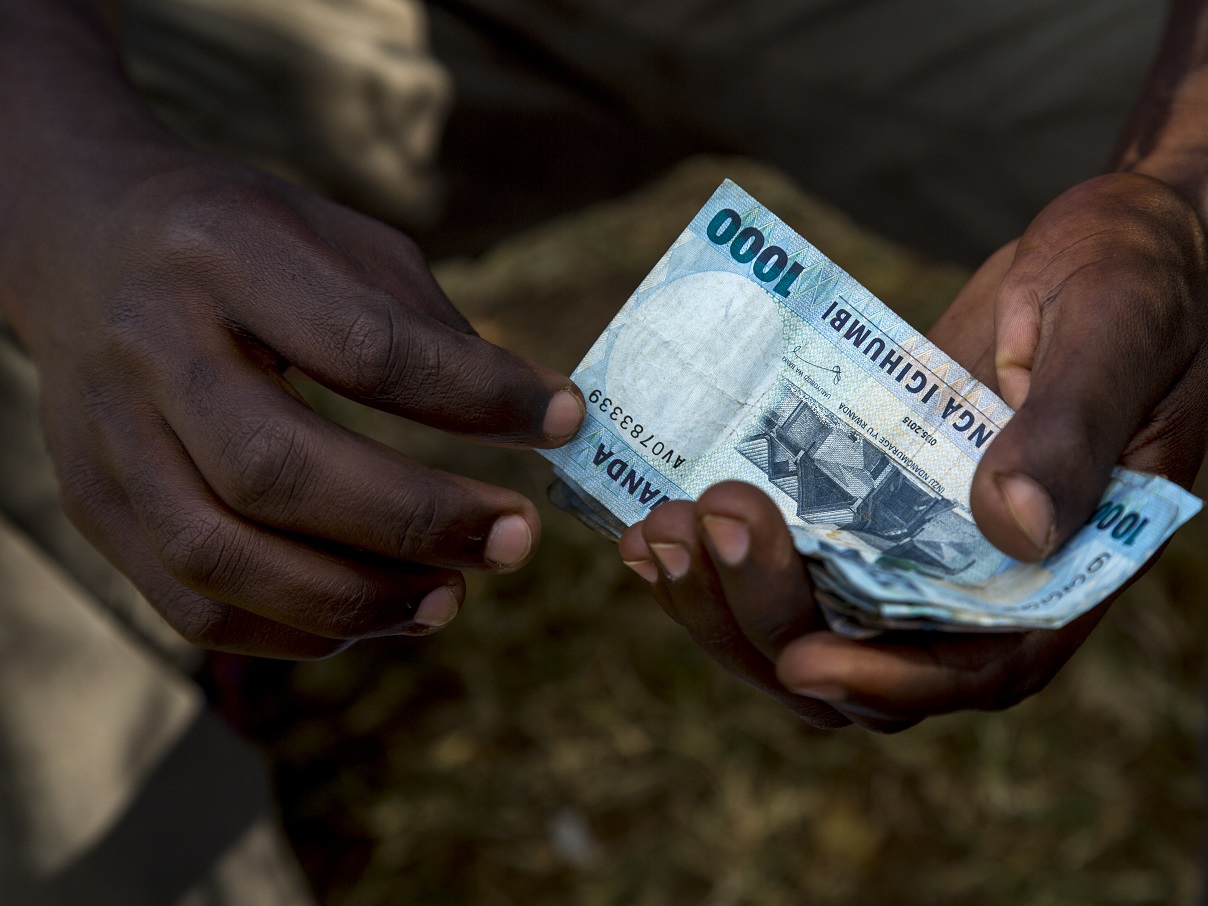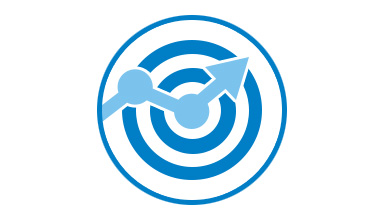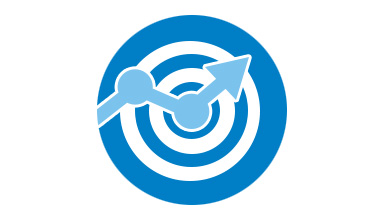How efficient is Hand in Hand, really?
03 Nov 2017

Founded by one of Europe’s best business minds, Hand in Hand has long put efficiency at the core of our work. But with a job creation model few others employ, benchmarking that efficiency has often been difficult.
Now, thanks to two new World Bank studies, that’s beginning to change. Published this year, both studies consider training programmes similar to ours – one in Kenya, the other in Togo – finding significant increases in profit in both cases.
Neither finds gains on par with Hand in Hand’s.
Study one, Kenya: Zero-sum gains?
Is one businesswoman’s gain another’s loss, or does a rising tide lift all boats? That, in effect, is what the World Bank set out to discover when it monitored an International Labour Organization (ILO) business training programme in Kenya broadly similar to Hand in Hand’s. With a sample size of 3,500 micro-enterprises, the randomised experiment measured the business incomes of ILO programme members versus their non-member neighbours, concluding that ”business training can help the overall market grow.” More importantly, for the purposes of this blog, it also discovered that monthly business incomes among programme members were 15 percent higher than among business owners that had not received the training.
Study two, Togo: The psychology of entrepreneurship
A second study, published in Science and featured in The Economist, considered another angle: psychology. Here, researchers from the World Bank, the National University of Singapore and Leuphana University in Germany partnered with the Government of Togo to follow three groups of small business owners who rarely kept books and almost never wrote business plans, earning an average of US $173 a month. The first group, a control group, received no training at all. The second group received training in conventional subjects such as accounting and financial management. The third group received training based on psychological research, designed to teach soft skills such as initiative and persistence.
Those skills, it turns out, are crucial: profits rose by an average of 30 percent among members of the third group. Perhaps more interesting, however, was another finding: the conventional training group saw no uplift at all.
Study three, Rwanda: Hand in Hand
So, how does Hand in Hand stack up?
In the ILO programme in Kenya, business profit was 15 percent higher for programme participants ($86) than non-participants ($75). In the World Bank’s partnership with the Government of Togo, monthly business profit was 30% higher for those that received the psychology base training ($224) compared to those that did not ($173).
And in Hand in Hand’s partnership with CARE in Rwanda, according to an independent study – the most recent, relevant research we have – monthly business incomes were 75 percent higher for those that received the enterprise training ($48) compared to those that did not ($29).
That’s more than double the World Bank’s programme in Togo, and five times the ILO programme in Kenya.
By the numbers
 ILO, Kenya: 15% higher profit for enterprise trainees
ILO, Kenya: 15% higher profit for enterprise trainees
 World Bank, Togo: 30% higher profit for psychology-based training
World Bank, Togo: 30% higher profit for psychology-based training
 Hand in Hand/CARE, Rwanda: 75% higher profit for enterprise trainees
Hand in Hand/CARE, Rwanda: 75% higher profit for enterprise trainees
Hand in Hand Country Manager Stephen Wambua was responsible for running our operation in Rwanda. He credits Hand in Hand’s dual-focus on hard and soft skills with the result.
“Yes, Hand in Hand teaches conventional business skills – our members would be lost without them,” says Stephen. “But our trainers’ capacity to inspire and motivate, along with mutual support among group members, is what makes our model work. It is, for lack of a better term, our ‘secret ingredient’.”
Hand in Hand will continue to seek out quality research to benchmark our programmes. And just as we always have, we’ll keep putting efficiency at the centre of our work.
